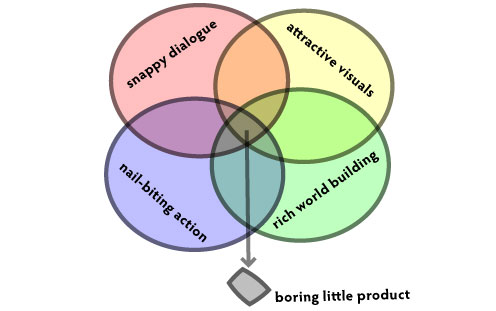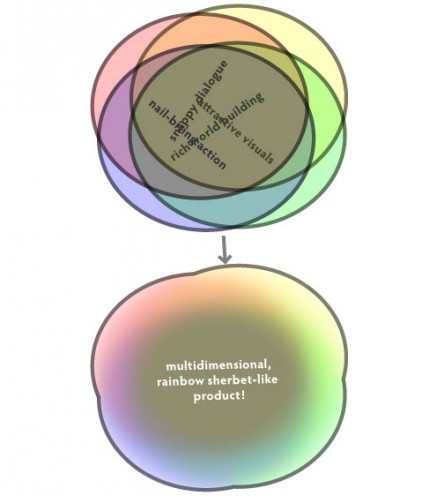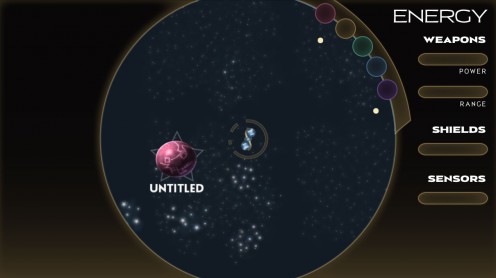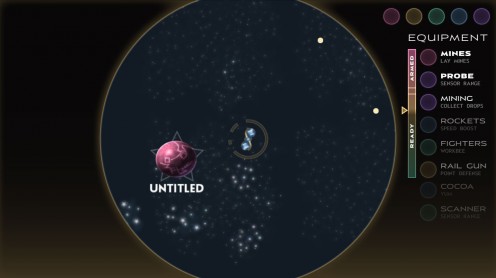Last night I uninstalled a bunch of games from my computer. I hadn’t been playing any of them in a while and had pretty much decided I wasn’t having much fun with them; it wasn’t really a spur of the moment move to make me more productive or anything.
And yet, I felt an immense sense of relief. It’s symbolic, and symbols can have real weight.
I’m usually good about changing my habits when necessary, but there are a few specific things I’m not really making progress on. So I’m wondering to myself what sorts of symbolic gestures could help me there.
A good symbol should be highly visible, have a design or form that immediately reminds you of its meaning, and maintaining the symbol must not become and end unto itself. With that in mind:
having real fun
Since I don’t tend to have much fun playing video games, I’ve already started looking for ways to truly unwind — and the roller coaster thing mentioned yesterday is part of that.
I’ve made a map tracking our progress, and that’s sort of a symbol. It will be important to keep that up, though the goal is, of course, to have fun — not to fill in the map or obsess over numbers like percentage of U.S. roller coasters ridden.
diary
Posting journal entries helps me think, and I’ve been neglecting that lately.
In the interests of getting me posting more, maybe I could designate different days for different types of content. Music Mondays. Coding Tuesday. Stuff like that.
Not that I’d post every day, but limiting my options on any given day could actually get me to organize my thoughts better because there would be less flailing about finding post subjects.
diet
I’d like to reduce my soda intake, and increase my homemade food and veggie consumption… though I’m not doing a very good job lately. I’m not sure what a good symbolic gesture is there.
Though going with the journal subject days, it would make sense to make Thursdays about cooking, since I’m trying to do more Wednesday game night cooking, and those sorts of things are high-stress, experimental endeavors that are frequently worth doing postmortems on.
However, regularly doing large scale cooking isn’t necessarily going to encourage me to do more ordinary cooking. It’s getting into symbol-for-its-own-sake territory.
Going with the ‘highly visible’ definition of a good symbol, it might help to have my crock pot stored in a more visible place (right now it’s at the bottom of a pantry that’s not even visible from the kitchen proper.
I keep forgetting simple meals are an option. Yeah. I like that.
A friend of mine posted this thing about using a simple calendar to develop good habits, and I may try that too.



